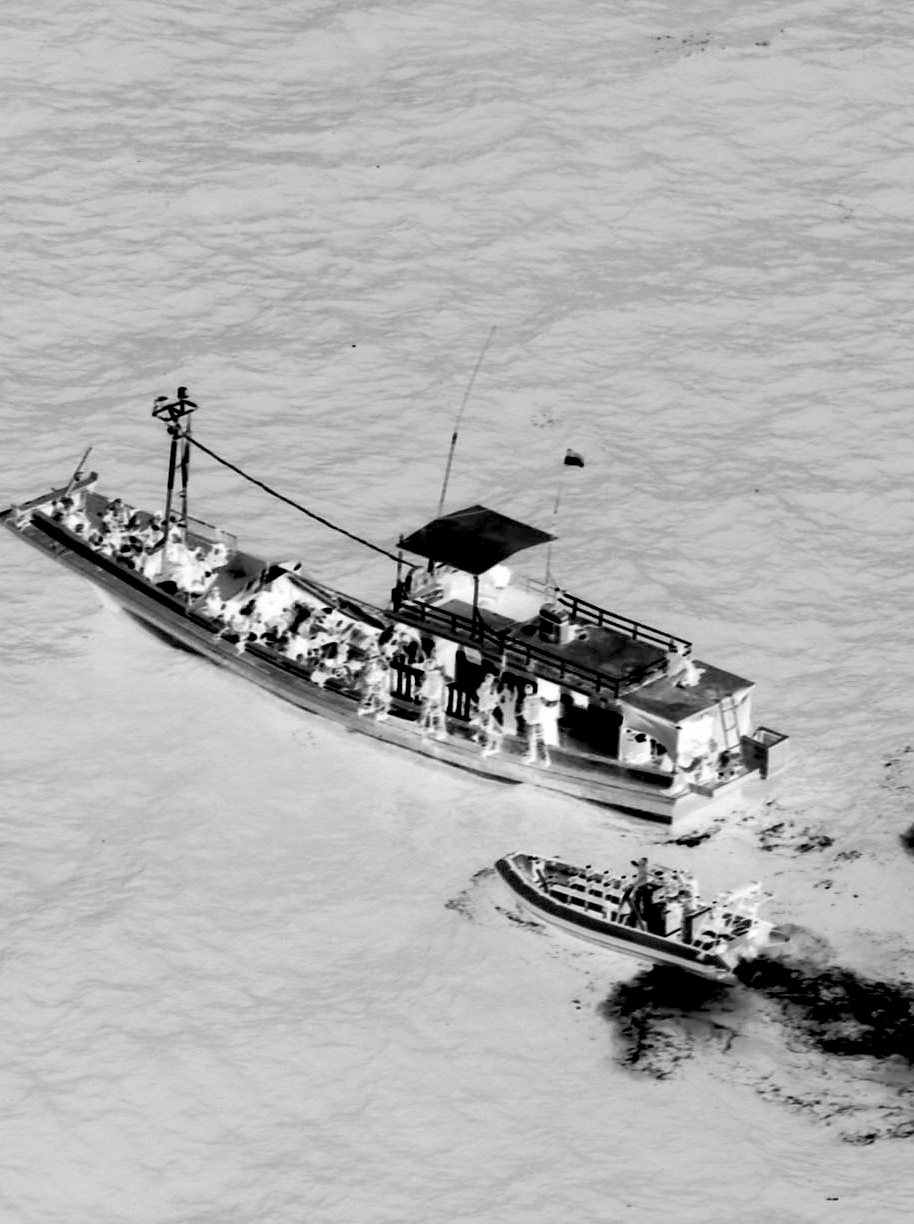Boat abuse assessed
 New research suggests illegal fishing and labour abuse on boats is more common than previously thought.
New research suggests illegal fishing and labour abuse on boats is more common than previously thought.
The risk of labour abuse in the global marine fishing sector is more extensive than previously thought and is associated with unsustainable fishing practices, according to a study by James Cook University and Stanford University.
Labour abuse (e.g. forced labour) and illegal, unreported, and unregulated fishing (e.g. fishing in protected areas) are thought to be common in the global fishing sector.
Addressing these issues has been a priority for corporations and governments, however, their illicit nature makes it difficult to evaluate the scale and extent, and to identify ports or fisheries where these issues are occurring.
To address this, experts developed a machine learning model to quantify areas at risk of labour abuse and illegal, unreported, and unregulated fishing around the world.
The team asked experts from research institutions, businesses, human rights organisations, and governments to evaluate the risks of labour abuse or illegal, unreported, and unregulated fishing associated with ports, which they combined with a global fishing vessel tracking database to map the fishing activity of more than 8 million vessels from 2012–2019.
They found that labour abuse and illegal, unreported, and unregulated fishing risks are highly correlated and associated with 57 per cent of the ports evaluated and 82 per cent of the fishing trips ending in those ports.
The researchers identified high risk areas for both labour abuse and illegal fishing off the coasts of Peru, Argentina and the Falkland Islands, and West Africa.
They suggest that risks at sea are higher for fishing vessels whose country of registration flags are associated with low levels of governance and poor control of corruption, ownership by countries other than the flag state, and also with Chinese-flagged vessels.
The experts say that riskier vessels are less likely to visit ports that have ratified the Port State Measures Agreement (a legal agreement which targets illegal, unreported, and unregulated fishing) and also stay in port for less time.
The authors suggest their findings identify key risk areas and highlight the need for coordinated action to expand monitoring and enforcement against these issues.
More details are accessible here.








 Print
Print